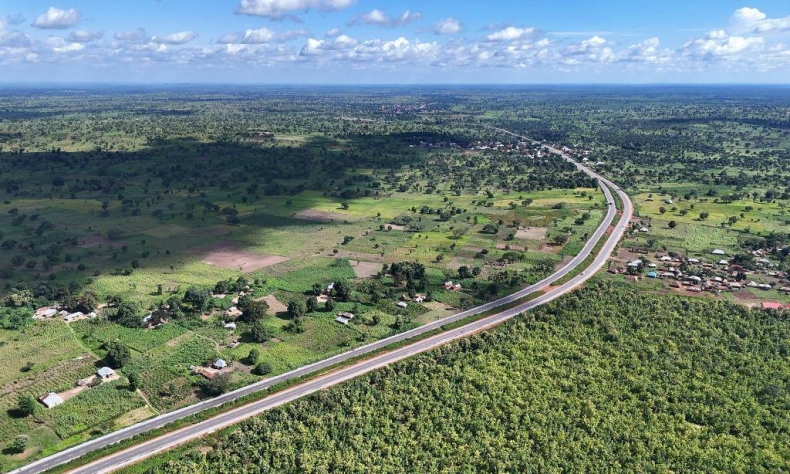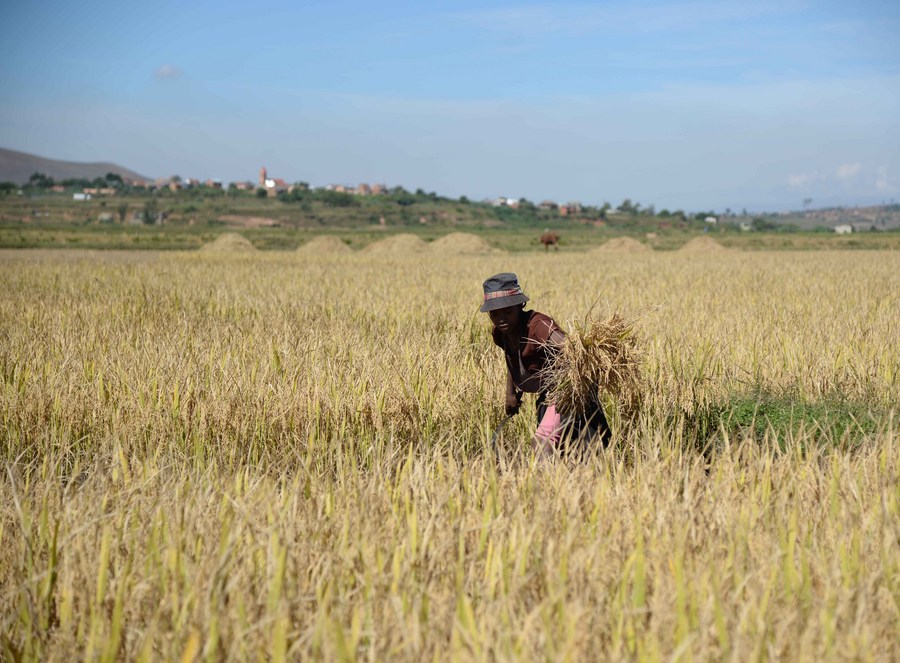Ten Years of BRI: the Journey Goes On

While a lot is changing in the world, there are some things that do not: the Belt and Road Initiative’s drive for common prosperity, for example, is just one of the goals that it is steadily pursuing.
Ten years ago, the Belt and Road Initiative (BRI) was launched. At that time, it was not particularly easy to understand what this new venture meant and how its theoretical ideas might be followed by practice. While historians could offer some insights about the ancient silk routes, the realization of an idea that drew on history and was applicable to the modern era was a completely original concept. Even when the Chinese government announced the name of some corridors to foster interconnectivity, the tangible dimension of the policy was still absent.
In 2023, the situation is different. The Belt and Road Initiative is no longer an abstract notion. It is a mechanism that produces results, and these results are multifaceted. Attention is being turned toward investments. Certainly, investments continue to play a significant role in the revitalization of the ancient silk routes. Chinese companies have been engaged in different activities, which include the sectors of construction, energy, digitalization, and other areas. The example of the transformation of the port of Piraeus by COSCO Shipping from a rather small one into a trans-shipment hub in the Mediterranean is just one edifying accomplishment under its umbrella.
But the Belt and Road Initiative also goes beyond investments: It is also about trade. Since 2013, China has generally increased its trade volume not only with individual states that formally participate in the venture but also with those that do not. The operation of a rail service linking China with Europe, for instance, influences trade figures in different regions irrespective of whether the countries that the train passes through have signed relevant agreements with the Chinese government. In particular, countries interested in increasing their exports to China have the opportunity to benefit via new transportation options.

Furthermore, the Belt and Road Initiative boosts people-to-people exchanges. With the exception of when the COVID-19 pandemic occurred, tourism flows under the initiative have seen an increase. This is also the case for joint actions in the educational and cultural spheres. Perhaps one of the most valuable achievements of the Belt and Road Initiative is that a growing number of citizens across the globe – students, scholars, professionals, and others – are becoming interested in China. Understanding China is a particularly complicated process, especially in the West.
The Belt and Road Initiative will undoubtedly meet some challenges due to its massive scale and multidimensional character, but China is striving to make improvements. Constructive and fair criticism is helpful in looking toward the future of the Belt and Road Initiative; however, problems and miscalculations cannot overshadow the general success overall. The attention paid to the BRI itself demonstrates the importance of its interconnectivity mechanism, which had not even existed before September 2013.
The Third Belt and Road Forum for International Cooperation provides an assessment of the work already completed and functions as a beacon for the direction of the BRI in the years to come. Existing results will perhaps pair with recommendations, suggestions, and proposals and lead to necessary adjustments for the medium and long term. The BRI is not static. Experience already acquired in its first decade will be useful for the second that has already begun. And, while a lot is changing in the world, there are some things that do not: the Belt and Road Initiative’s drive for common prosperity, for example, is just one of the goals that it is steadily pursuing.
 Facebook
Facebook
 Twitter
Twitter
 Linkedin
Linkedin
 Google +
Google +










